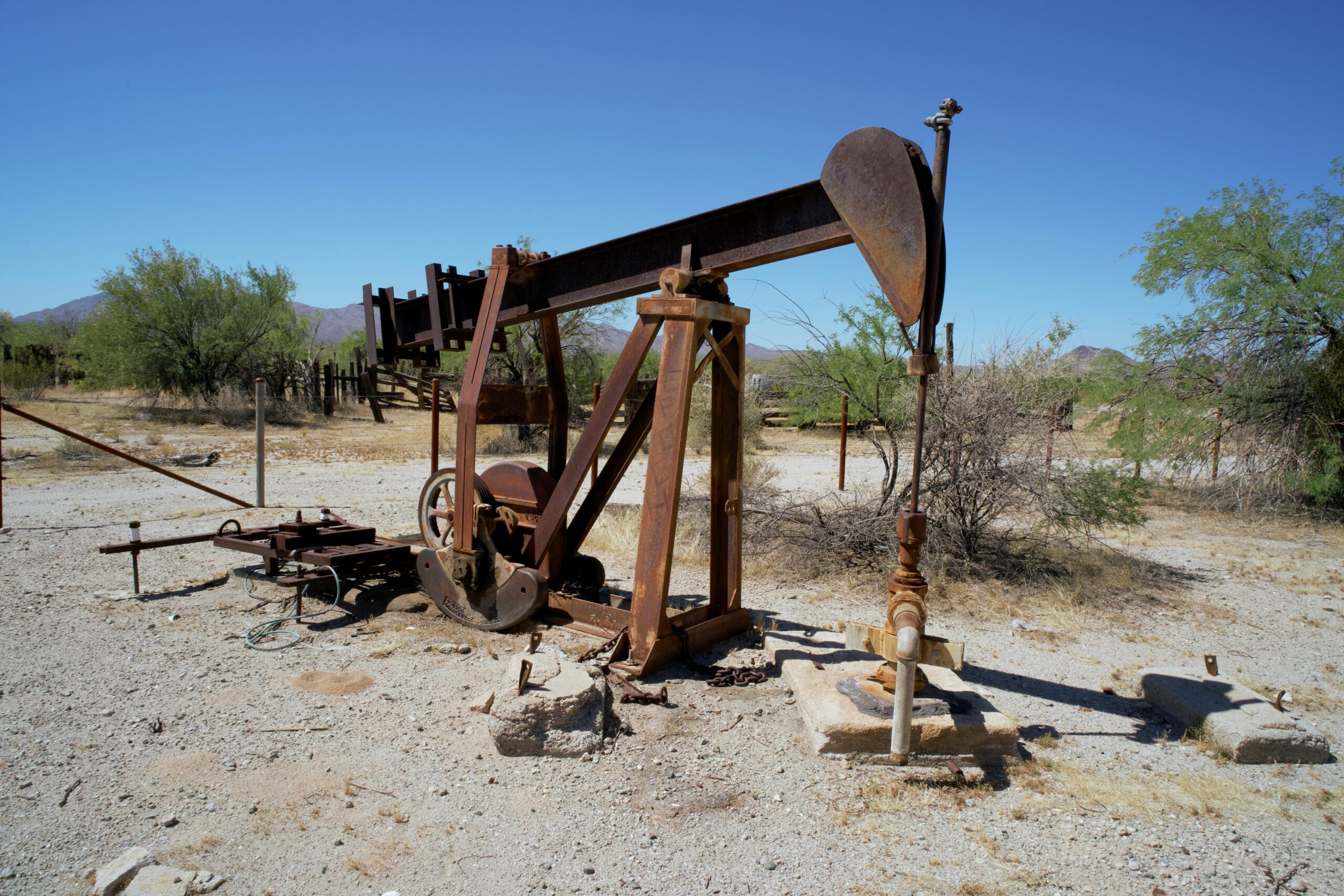 Conrad and Marcel Schlumberger emptied their wallets, their father's contributions, and their wives' dowries... all in the name of oil...
Conrad and Marcel Schlumberger emptied their wallets, their father's contributions, and their wives' dowries... all in the name of oil...
In the early 1920s, finding so-called "black gold" was an act of faith.
Prospectors surveyed the land with crude tools. Then they gambled millions of dollars on a drill site, hoping for a plentiful yield. More often than not, they came up dry.
It was a process born of frustration, guesswork, and wasted resources. Massive oil companies and lone prospectors alike went in blind. They had nothing but intuition and rudimentary geological surveys to guide them.
Then, Conrad and Marcel stepped in.
The French brothers were trained in physics and engineering. And they believed there was a better way to drill for the commodity.
Oil wasn't random, they reasoned... It was part of a hidden structure beneath the Earth's surface. And if they could map that structure, they could transform the chaotic world of resource exploration.
 The brothers wanted to map how electrical currents passed through the ground at different depths...
The brothers wanted to map how electrical currents passed through the ground at different depths...
This would help differentiate among oil-rich formations, water-bearing rocks, and barren ground.
But turning this groundbreaking idea into reality was a grueling process. Early experiments required endless hours of fieldwork. And they relied on bulky, primitive equipment that was prone to failure.
Conrad and Marcel also faced a healthy dose of skepticism. Geologists, entrenched in traditional methods, doubted their approach. And even those willing to give their methods a try didn't pay them much.
Their first attempt at a business was contracting with miners to locate metallic ore. Conrad and Marcel ultimately poured 500,000 francs into the business over eight years.
But as soon as clients used their methods once, they could extract ore without the brothers' help. So within a few years, Conrad and Marcel switched to oil.
It was the best thing they ever did for their business...
 Conrad and Marcel's breakthrough came in 1927, at one of Europe's oldest drilling sites...
Conrad and Marcel's breakthrough came in 1927, at one of Europe's oldest drilling sites...
They conducted the world's first electrical resistivity well log at the Pechelbronn oilfield in Alsace, France.
Once again, they brought their cumbersome equipment to a deep hole in the ground. Engineers set up the device, called a "sonde," to measure the electrical resistance at a specific depth.
Then they'd crank the sonde back up to the surface, record that measurement, and lower it back down for another measurement.
The first logs took hours. To get a detailed enough picture, the team had to stop and measure once every meter down. And any time they measured at the wrong depth, they had to recalibrate.
This concept doesn't sound very impressive by today's standards... They sent an electrical current deep into the earth. And using simple instruments, they hand-drew a detailed map of the subsurface geology.
But the results were nothing short of revolutionary.
Conrad and Marcel had replaced guesswork with science. For the first time, oil prospectors could see what lay beneath their feet before drilling a single hole.
This technology quickly gained traction. Within a few years, their methods spread globally, from the U.S. to Venezuela to the Soviet Union.
Over time, the brothers' business – today known as Schlumberger (SLB) – became the backbone of oil exploration.
 Now we're entering the next phase of oil's tech evolution...
Now we're entering the next phase of oil's tech evolution...
The days of hand-drawn maps and bulky equipment are over.
Oil and gas companies are implementing the newest technology, with a focus on AI... Advanced algorithms are eliminating manual inputs and the guesswork of exploratory drilling.
Schlumberger itself is using AI to help customers analyze geological data and simulate drilling... saving a lot of money in the process.
The energy companies adopting these technologies will soon edge out their peers. And those are the businesses you ought to own today.
Regards,
Joel Litman
July 9, 2025



 Conrad and Marcel Schlumberger emptied their wallets, their father's contributions, and their wives' dowries... all in the name of oil...
Conrad and Marcel Schlumberger emptied their wallets, their father's contributions, and their wives' dowries... all in the name of oil...

